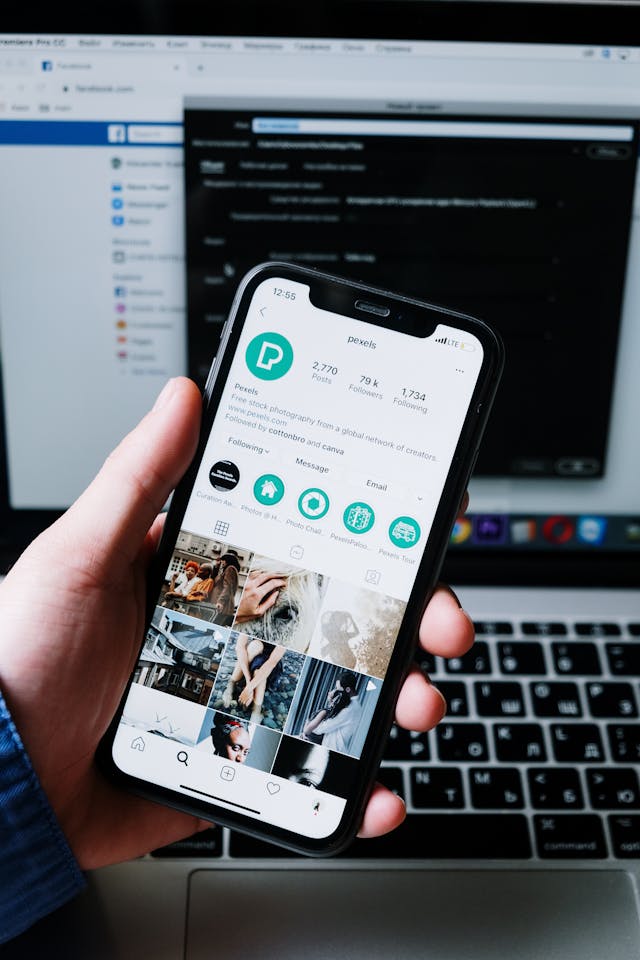Yes, influencer databases can be super helpful for brands looking to collaborate with influencers!
These tools allow you to easily search, filter, and connect with influencers who align with your brand’s goals, target audience, and values. Here's how they can help and why they're valuable:
1. Discover Relevant Influencers
- How It Helps: Influencer databases let you search for influencers by niche, audience demographics, location, engagement rates, and more. This makes it easier to find influencers who are a good fit for your brand and will resonate with your target audience.
- Example Tools:
- Upfluence
- AspireIQ
- Heepsy
2. Save Time and Effort
- How It Helps: Instead of manually searching Instagram, YouTube, TikTok, etc., influencer databases consolidate influencers’ profiles in one place. You can quickly browse, filter, and view their content without wasting time.
- Example Tools:
- Influencity
- CreatorIQ
- Traackr
3. Data-Driven Decisions
- How It Helps: These platforms provide analytics, such as engagement rates, audience demographics, past campaign performance, and authenticity of followers. This allows you to make informed decisions based on data rather than gut feelings.
- Example Tools:
- Social Blade (for tracking performance)
- HypeAuditor (for audience analysis)
4. Streamline Campaign Management
- How It Helps: Many databases allow you to manage influencer campaigns, track deliverables, communicate with influencers, and monitor the campaign’s success all in one place. This reduces the hassle of coordinating through multiple platforms.
- Example Tools:
- Klear
- Mediakix
- Tagger
5. Measure ROI
- How It Helps: With tracking and analytics features, influencer databases can show you how much return you’re getting from a particular influencer partnership, helping you assess which collaborations are most effective and worth continuing.
- Example Tools:
- Influencity
- Brandwatch (for social listening and tracking)
6. Increase Transparency
- How It Helps: Some databases can provide insights into influencer authenticity, like whether their followers are real or fake, and help avoid influencers with inflated follower counts. This ensures you're working with influencers who can deliver genuine value.
- Example Tools:
- HypeAuditor
- FakeWatch
7. Negotiate Better Deals
- How It Helps: Having access to a large pool of influencers with detailed analytics allows you to compare influencers' value more easily. This can help you negotiate better contracts and compensation based on their actual reach and engagement.
- Example Tools:
- Upfluence
- Tagger
Are Influencer Databases Worth It for Your Brand?
If you're running a brand that frequently works with influencers or wants to scale your influencer marketing, these tools are incredibly valuable. They save time, provide insights, and streamline the process, making campaigns more efficient and effective.
However, if you're a smaller brand just getting started with influencer marketing, you might consider starting with free or basic tools (like Instagram’s search function) before diving into premium databases. The costs can be high, and if your budget is tight, you might want to test the waters first.
Are you looking into influencer marketing for your brand right now, or just curious about how it all works?









